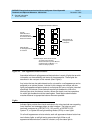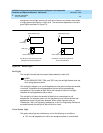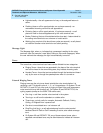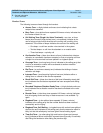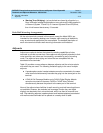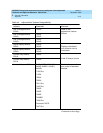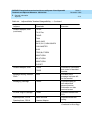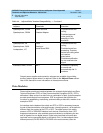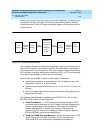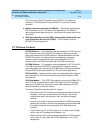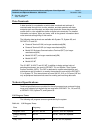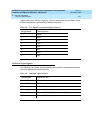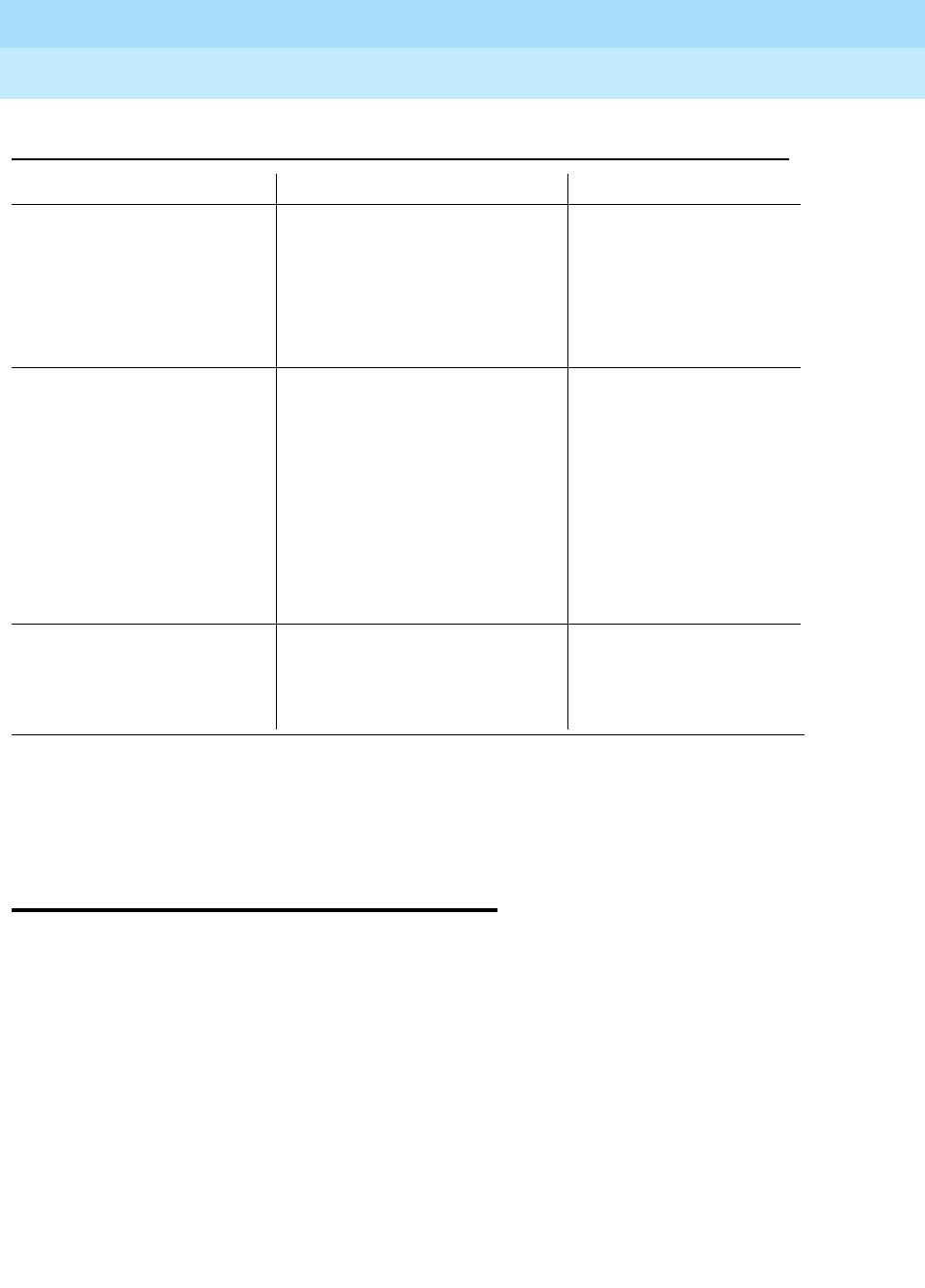
DEFINITYEnterpriseCommunicationsServerandSystem75andSystem85
Terminals and Adjuncts Reference
555-015-201
Issue 11
December 1999
General Information
2-15Data Modules
2
Several power supplies and connection schemes are available for providing
auxiliary adjunct power when it is required. Refer to the Adjunct Power section
later in this manual for more information on these power sources.
Data Modules
Data modules provide an interface between the system’s digital switch and Data
Terminal Equipment (DTE) or Data Communications Equipment (DCE). DTE is
defined as a data source or a data link or a combination of both; typical examples
are data terminals and host computers. DCE is equipment that provides the
functions for establishing, maintaining, and terminating a data call; a modem is an
example of DCE.
An interface device between the switch and DTE or DCE is necessary because
the set of data transmission rules and formats—the data protocol—at the switch is
different from the protocol at the DTE or DCE. The digital ports of the switch
present a DCP or ISDN-BRI interface to all devices connected to them. DCP
supports simultaneous voice and data communications by multiplexing the two
sets of signals into one digital stream. Digital voice terminals and some data
terminals can be connected directly to the switch. But, if a data endpoint has a
different protocol (EIA RS-232C or RS-232D is the most common) than the
Speakerphone, S102A
Speakerphone, S202A
Same as 502A
Headset Adapter
Provides hands-free
calling
Provides improved
voice quality by
adapting to room
acoustics
Speakerphone, 4A
Speakerphone, 203A
Loudspeaker, 107
2500
Analog or
stand-alone 2500
Provides hands-free
calling
Provides hands-free
answering. Provides
hands-free calling when
not used as
stand-alone.
Provides amplification
for the received voice
signal
Automatic Dialer, 2870A1 MET Provides the capability
to record and
automatically dial 31
numbers
Table 2-2. Adjunct/Voice Terminal Compatibility — Continued
Adjunct Terminals Function




